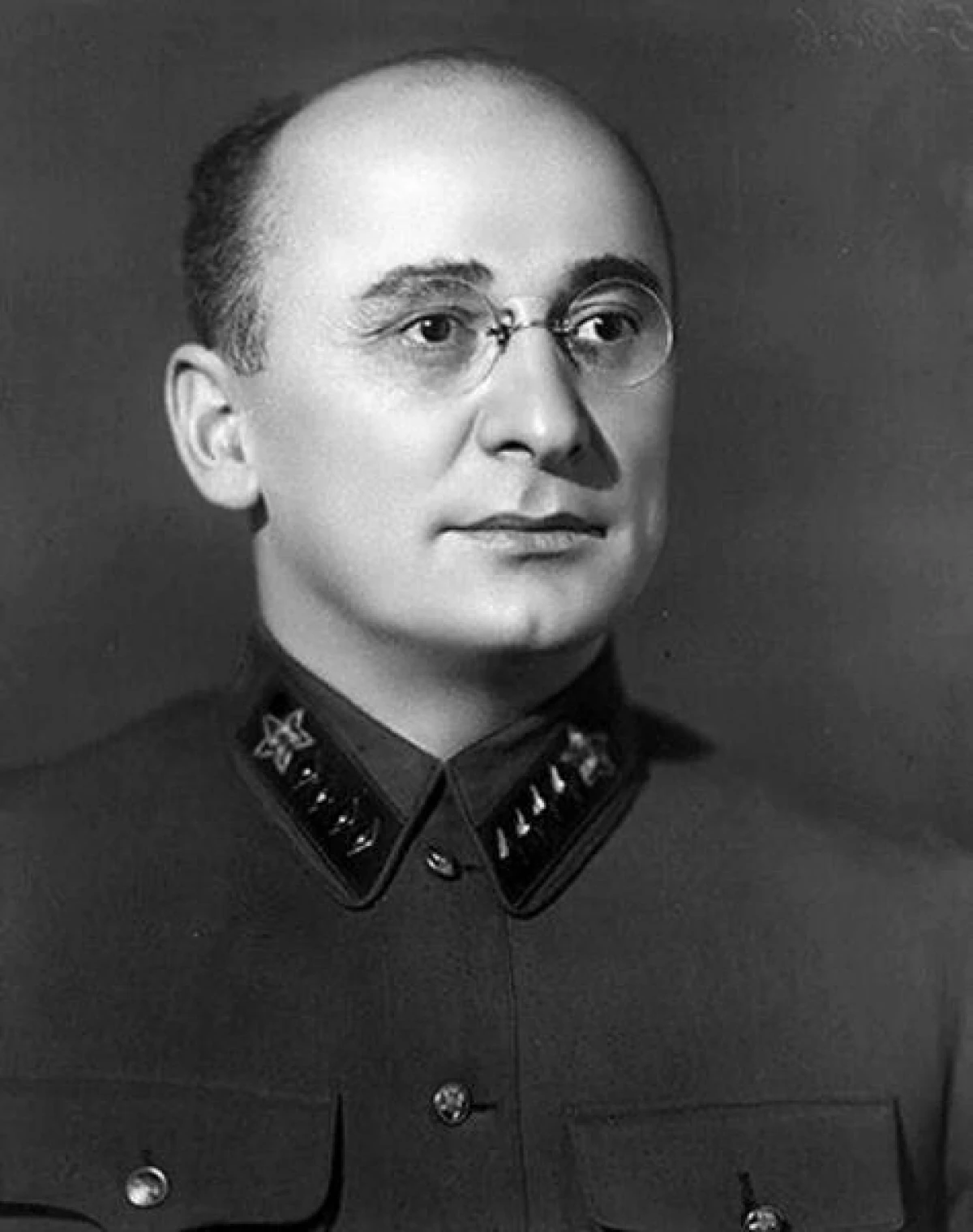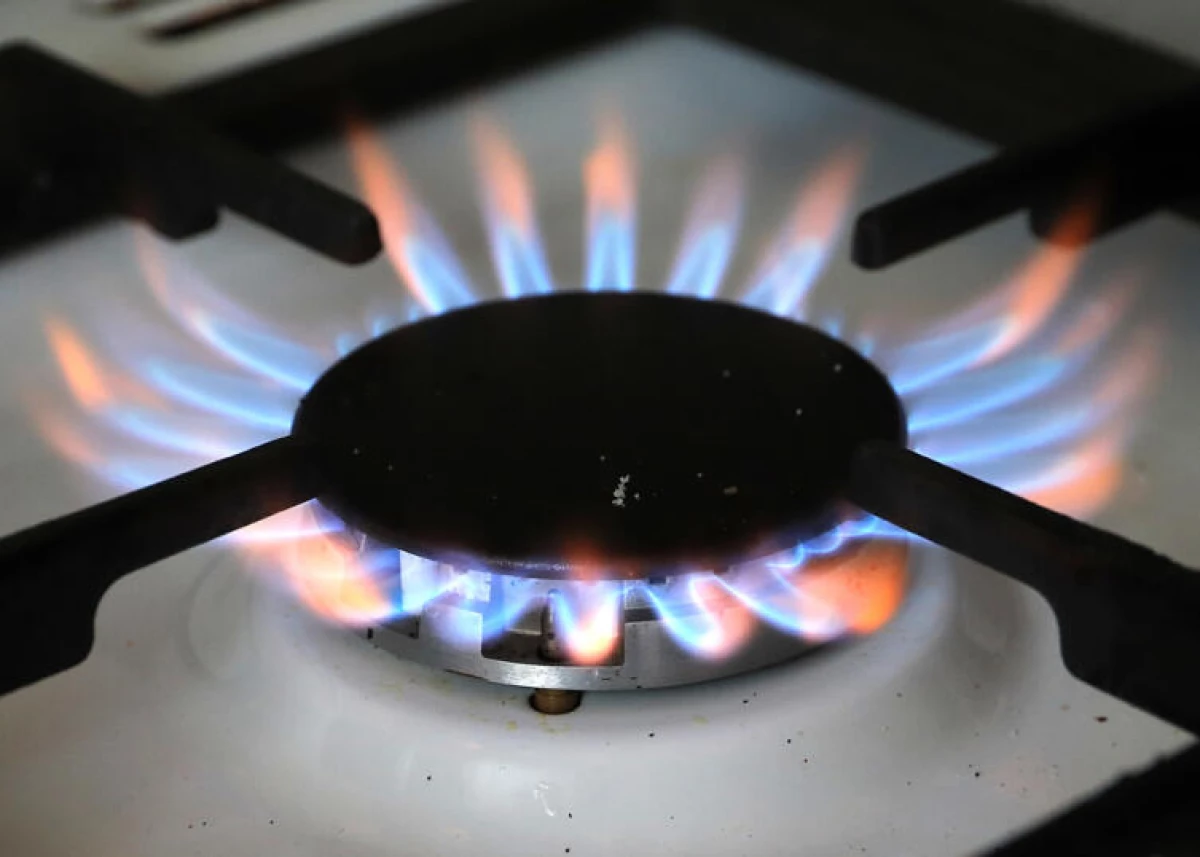
Gasification of cities greatly facilitated the work of housewives, because cooking on a gas stove is much easier than cooking on preims or Kerogaz. The transfer of boiler rooms and TPPs from coal or fuel oil on gas has sharply improved the ecological situation of the region.
The absence of Gaza in urban gas pipelines will instantly cause a citywide catastrophe - the TPP will stop working, which means that heat and electricity will stop, they will fall off all the power grids, the heating of buildings will turn off, life in the city will stop.
What is the History of Gasification and how is the gas infrastructure of large cities in our time?
In the USSR, gasification began in the 1940s.
In 1942, construction of the Saratov-Moscow gas pipeline began. This gas pipeline, 840 km long, was completed in July 1946. The construction of L. P. Beria was supervised, and it is overly to say that the construction schedule was observed immaculately accurately and with very high quality. This gas pipeline supplied 1 million cubic meters of gas per year, replacing costs for heating 150 thousand tons of kerosene, 100 thousand tons of fuel oil, 1.000.000 cubic meters of firewood and 650 thousand tons of coal, which were previously used by Muscovites.

In 1944 began to be built, and in 1946 the Dashava-Kiev gas pipeline was completed, which delivered natural gas from deposits in Western Ukraine to the capital of the republic. Then in 1950 the continuation of this gas pipeline was built to Moscow. The gas pipeline gave about 2 million cubic meters of natural gas per year.
Since the 1950s, gasification continued at an accelerated pace. In the 1960s, large cities of the USSR were gasified. The location of Kerogaz and Primuses in the kitchen took gas stoves. Kerosene stench with kitchens gone, gas stoves work significantly less noisy and much more stable, and the ovens allowed to create new dishes, baked chicken or duck the whole.
What is the degree of gasification of the cities of Russia at present?
Over the past 14 years, the gasification level increased by 14% and reached 70.1%, from 2005 to 2019 more than 2000 gas pipelines were built with a total length of more than 32,000 km. Government plans until 2025 gasify to 95% of all settlements, which have a technical ability to connect.

The trend today is such - gas distribution networks expand and are built there, where they were not previously, feeding gas in villages and district centers. But in the megalopolis in some new houses there is no gas, as the electric stoves in the kitchen fashionable.
Turning networks are classified by pressure, location, downward depth.
Pressure classification:
- High pressure gas pipelines (0.3 to 1.2 MPa) are serviced by gas regulatory points of medium pressure and industrial enterprises.
- Middle pressure gas pipelines (over 0.005 to 0.3 MPa) maintain low pressure systems, small workshops and utilities.
- Low pressure gas pipelines (up to 5000 pa) provide gas for individual consumers and utilities.
Reference. 5000 Pa = 0.05 kgf / sq. Cm.
Location classification:
- external or internal;
- terrestrial or underground.

Classification in the depth of gas pipeline pipes, according to regulations:
- Under conditions of a solid concrete or asphalt coating - at least 0.8 m;
- in areas with "bare" land - at least 0.9 m;
- up to 1.5 meters - gas pipeline gasket for dry gas (depending on the soil freezing in winter - and deeper);
- From 0.6 meters - in urban environments, provided that the lack of transport is guaranteed.
What are the stocks of natural gas?
General gases explored for today, natural gas reserves are estimated at 187.3 trillion. cubic meters.
About 25% of all world gas reserves are Russian. Iran owns 17.09% of reserves, and Qatar - 12.20%. Further goes by the USA, Saudi Arabia, Turkmenistan and the UAE.
According to OPEC, 3946.1 billion cubic meters of gas per year is produced annually - we still have a good stock. But think than all this can be replaced - it is definitely necessary.
How can I replace the gas spent for energy? Atomic reactors on fast neutrons? Thermonuclear stations?
The future will show, although there is no thermal house and is unknown when it is, but reactors on fast neutrons, the most that can use non-enriched U-238, which in our time is still considered the waste of the processing process - are already being built. So, uranium for reactors, we suddenly becomes hundreds of times more, which will make it much to increase the generation of electricity.

In the meantime, coming to the kitchen, most of us goes to the gas stove and turns on the burner to cook for lunch. The main thing is that gas in the pipes.
Electricity may still not be. But so that there is no gas - truly there is no such thing!
Author - Igor Vadimov
Source - Springzhizni.ru.
